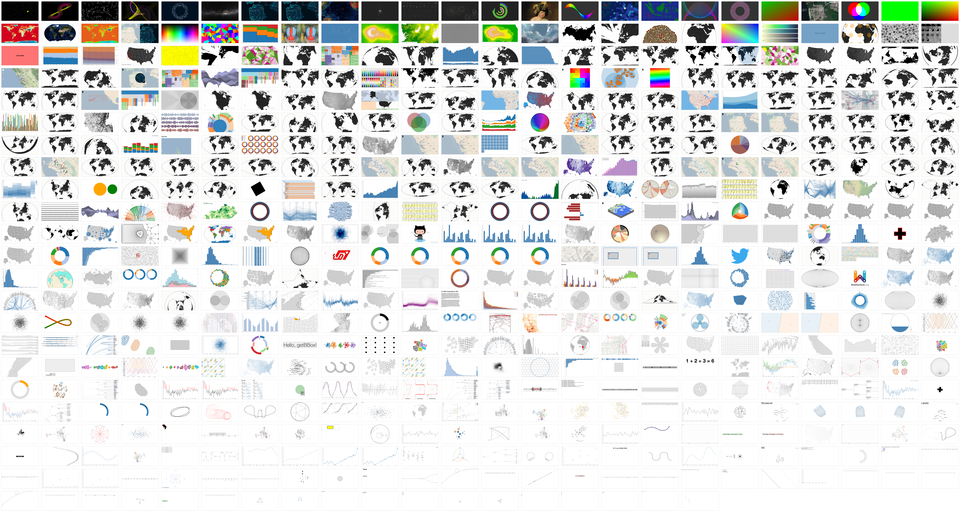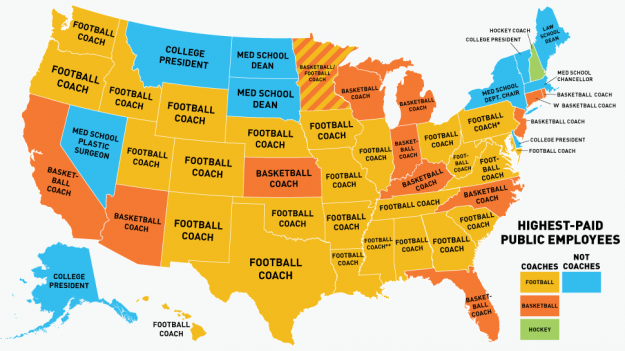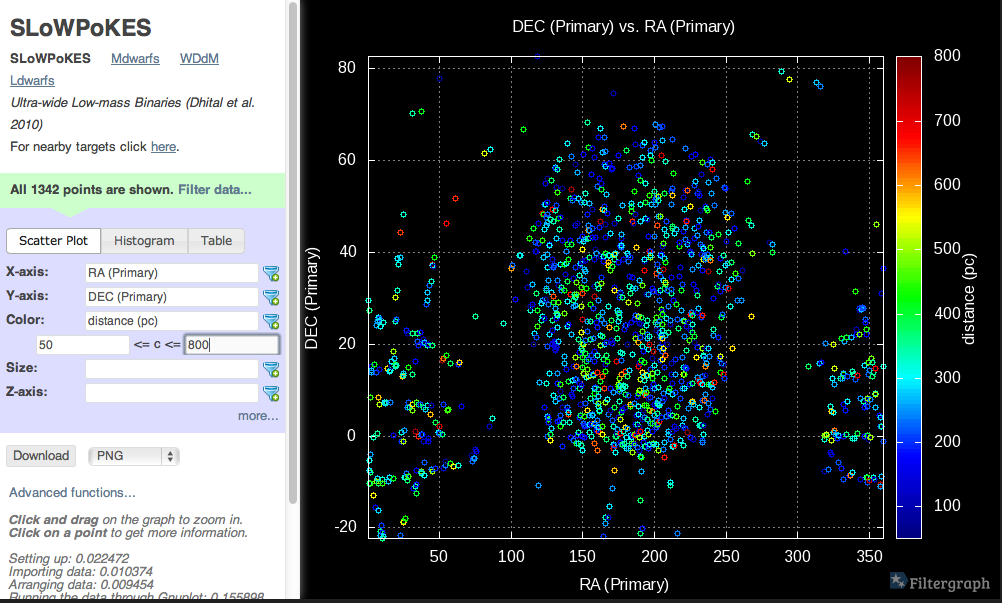Stadtbilder — mapping the digital shape of cities by Moritz Stefaner.
From the post:
Stadtbilder (“city images”) is a new little side project of mine — an attempt to map the digital shape of cities. I am increasingly fascinated by the idea of mapping the “real world” — life and culture as opposed to just physical infrastructure — and when I learned about the really deep datasets Georgi from Uberblic had been collecting, I just had to work with the data.
The maps show an overlay of all the digitally marked “hotspots” in a city, such as restaurant, hotels, clubs, etc. collected from different service like yelp, or foursquare. What they don’t show are the streets, the railroads, the buildings. I wanted to to portray the living parts of the cities as opposed to the technical/physical infrastructure you usually see on maps.The only exception are the rivers and lakes, because I felt they help a lot in orienting on these fairly abstract maps.
Great graphics!
An idea with lots of possibilities!
The only mention of crime in Wikipedia for Atlanta, GA is:
Northwest Atlanta, marked by Atlanta’s poorest and most crime-ridden neighborhoods, has been the target of community outreach programs and economic development initiatives. (article with map)
As a matter of strict geographic description, that’s true, but not much help to a visitor.
More helpful would be a heat map of crime (by crime?) that changes color by the hour of the day on the local transit system (MARTA).
Is there an iPhone app for that?
I don’t have an iPhone so don’t keep up with it.
If you wanted to take that a step further, offer pictures of people wanted for crimes in particular areas.





